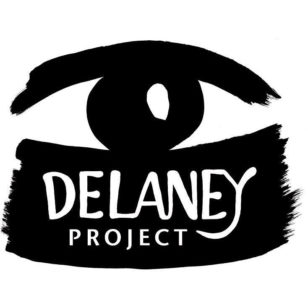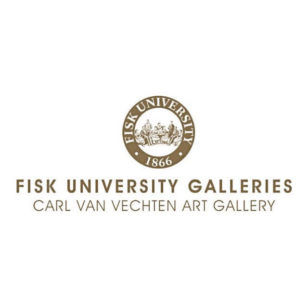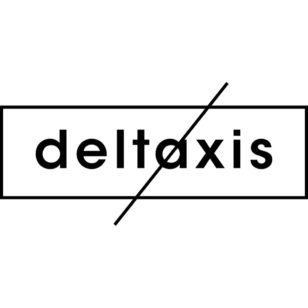INTERVIEW: KJ SCHUMACHER
OCT. 06, 2020
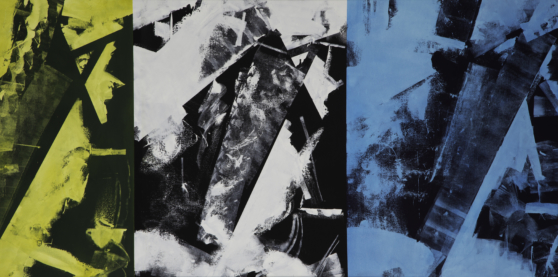
INTERVIEW: KJ SCHUMACHER
OCT. 06, 2020
Rachel Bubis: What’s it been like getting a physical exhibition together in the midst of a pandemic? I know you also had a show recently at Cheekwood.
KJ Schumacher: Quarantine was a Godsend for me, as it gave me some of the most uninterrupted time in the studio I’ve had in almost two years. I got organized, got focused, and got to work. Before Rinna, I prepared the @Home show for Cheekwood. The COVID-19 situation definitely put up some complications. The show was curated on some much smaller works and I really had to navigate supply issues to scale it up to the work I wanted to exhibit. One example is the adhesive I wanted for the collage. I would only use a specific archival adhesive. I had to order it three times through Amazon to get the correct item in the quantity I needed, each time taking another week of the precious four weeks I had for production before framing. Framing took a month and I only got the large piece in the show because I got dibs on the only piece of 4’ x 6’ plexiglas that my framer could find. We had to re-specify molding on account of supply... All worked out. We got there.
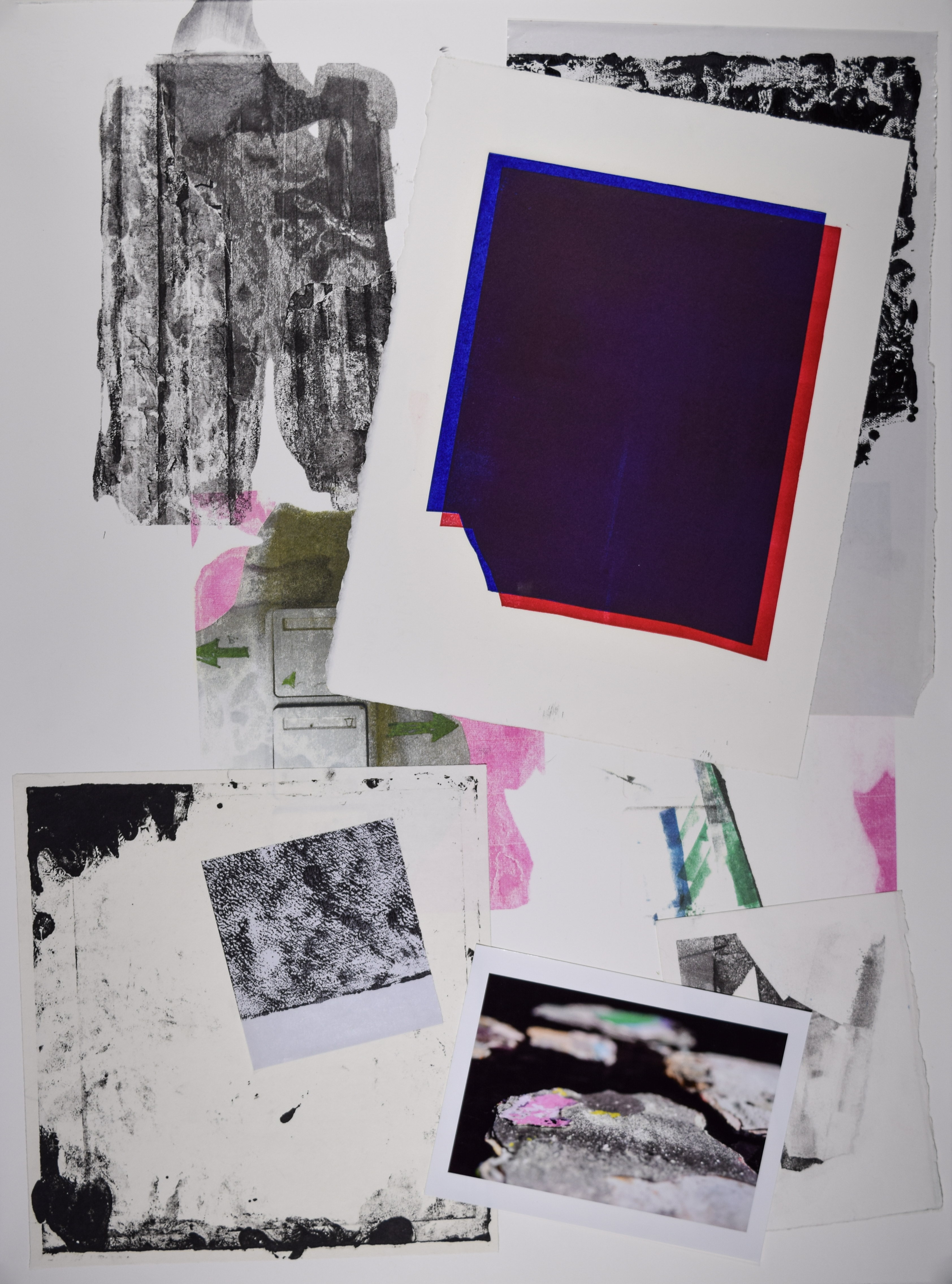
KJ Schumacher, Untitled (c024), mixed media collage, 30 x 22 in, 2020
RB: How have recent circumstances of self-isolation and social distancing affected your work?
KJS: Neither of these conditions have done much for my experience as an artist in Nashville, aside from missing the community of artists and art-crawlers that I enjoy checking in with monthly. It has curtailed my travel outside of Nashville, but ultimately, no, it’s not a big issue for me.
RB: As part of your process you collect studio remnants. What are some examples of this?
KJS: Drop paper, photographs, paper used during the painting process (transfers, etc), and even rejected works.
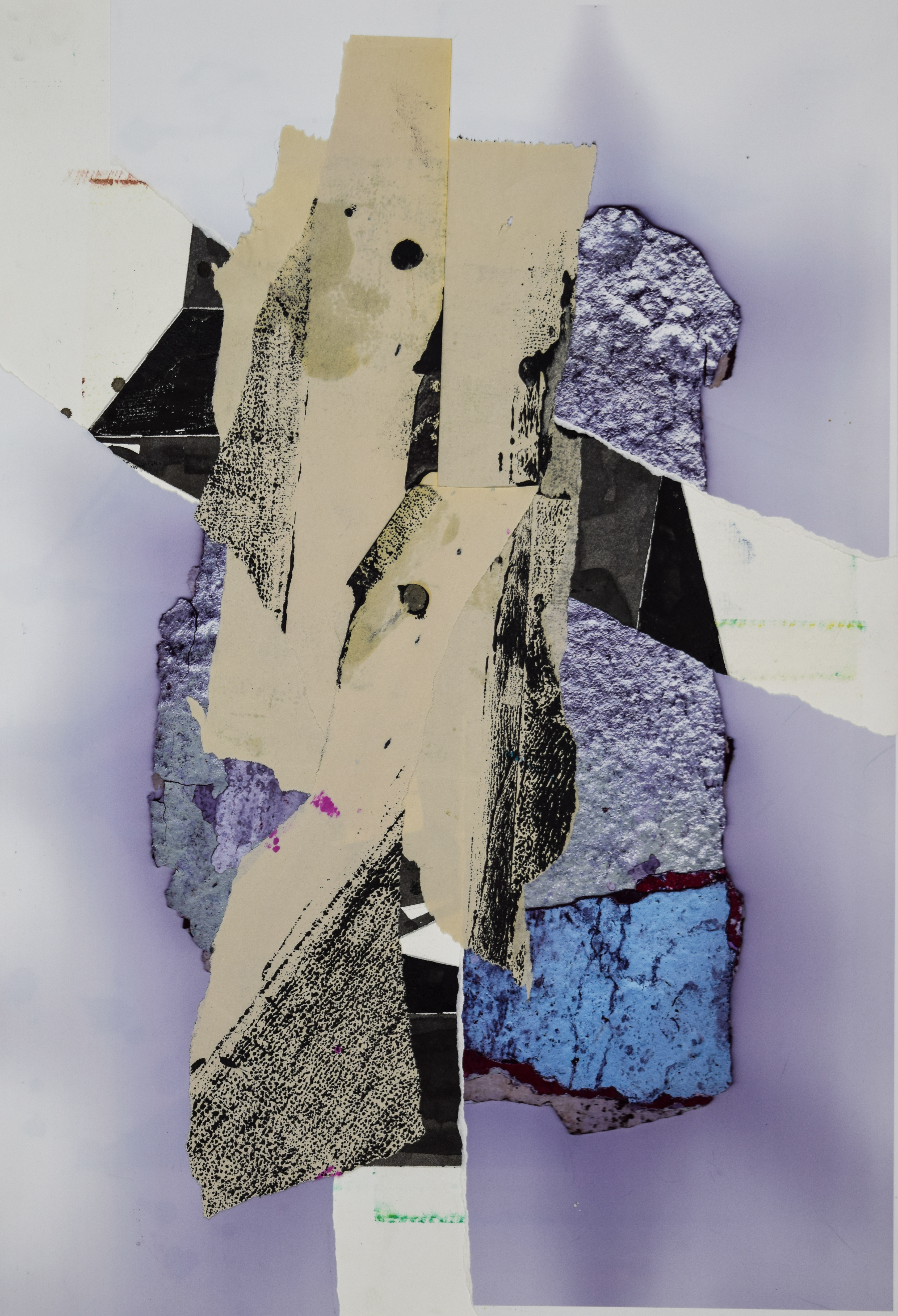
KJ Schumacher, Untitled (c014), mixed media collage, 22 x 15 in, 2020
RB: In your statement you describe using a “generative methodology of chance-based selections.” Can you tell me more about this methodology and how you incorporate it in your work?
KJS: I use it by relying on and curating marks from my collection. Yes, there is some intention in what choose to use, but...
Also, I use the “green box” approach from Duchamp... i.e. ideas and solutions (commands) that I follow, all be it with all the freedom that allows me. (That’s not exactly Duchamp’s Green Box, but I like the analogy.)
RB: Your work is about the act and documentation of mark-making. Can you talk more about what this mark-making means to you? What do you find important about documenting history through marks?
KJS: I always think of the bulls in Lascaux. We’ll never really know, but generally, those artists are interpreted as making those marks, those paintings, because they believed it was important, whether they gained magical powers over them, or whether they were honoring them. They weren’t killing or gathering food, others did that for their groups, they spent time in a cave making art, when life was hard and dangerous. They weren’t decorating...it was necessary. It’s important, so we do it, I do it.
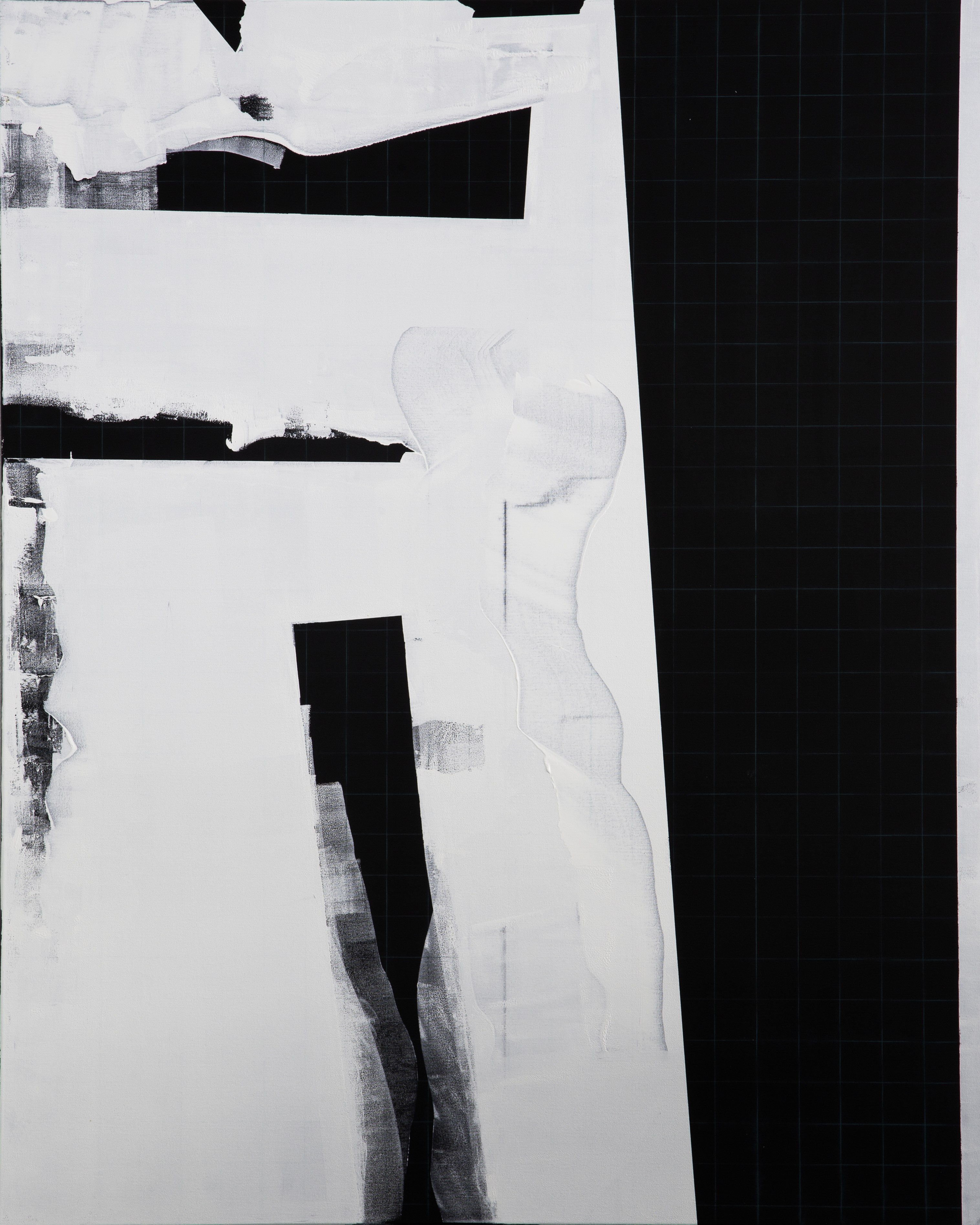
KJ Schumacher, Untitled (green grid), oil and chalk on canvas, 60 x 48 in, 2020
RB: I read that Rinna, the exhibition title, is the childhood nickname for your wife. Can you talk more about how you came to name the show this?
KJS: It’s about movements and chapters in life. An artwork, a practice as a whole, emerges within this lens. I feel it in my life, and, in this case I thought of my married life. My wife had started working in the studio too. It just felt right. I’ve never called her Rinna, but I thought about her history as I thought of my own. It just fit in with the personal way I approach my work - highly personal, but sometimes, in a way I don’t fully know it.
RB: Did you have any childhood nicknames?
KJS: My only nickname is Kage, for friends and family that want one less syllable than K.J.
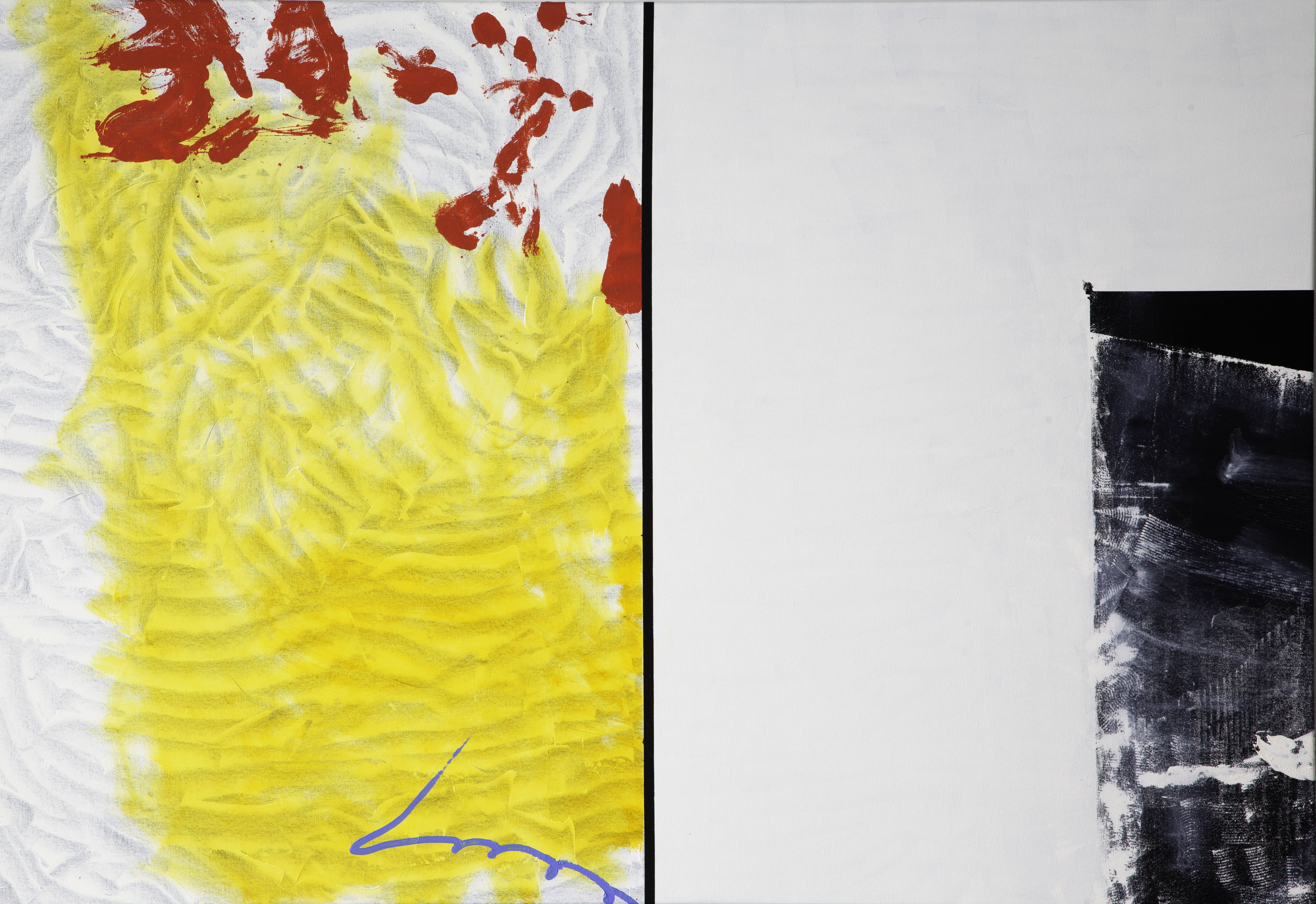
KJ Schumacher, Rinna, oil on canvas, 62 x 90 in, 2020
RB: Something I’m always curious about when it comes to the artistic process: How do you decide when a work is finished? Is this ever a challenge?
KJS: Yes, it’s hard to know. I don’t play markets, but I always liken it to the adage that it’s easy to know when to buy, hard to know when to sell. You do your best, when it's too hard to push again, maybe when I want to preserve what I’ve come to love, it’s finished.
RB: Your show at Tinney is up through October. What are you up to next?
KJS: I’ve wallpapered the studio with blank canvas on walls, floor to ceiling by 60’. So, big paintings, continued interest in the new bold compositional arrangements in the Rinna show. Also, I’m working to integrate more transition and conversation between painting, objects, printmaking, collage, and printed digital material. (For clarity, there are virtually no “objects” in my catalogue, but I got some shit under wraps).
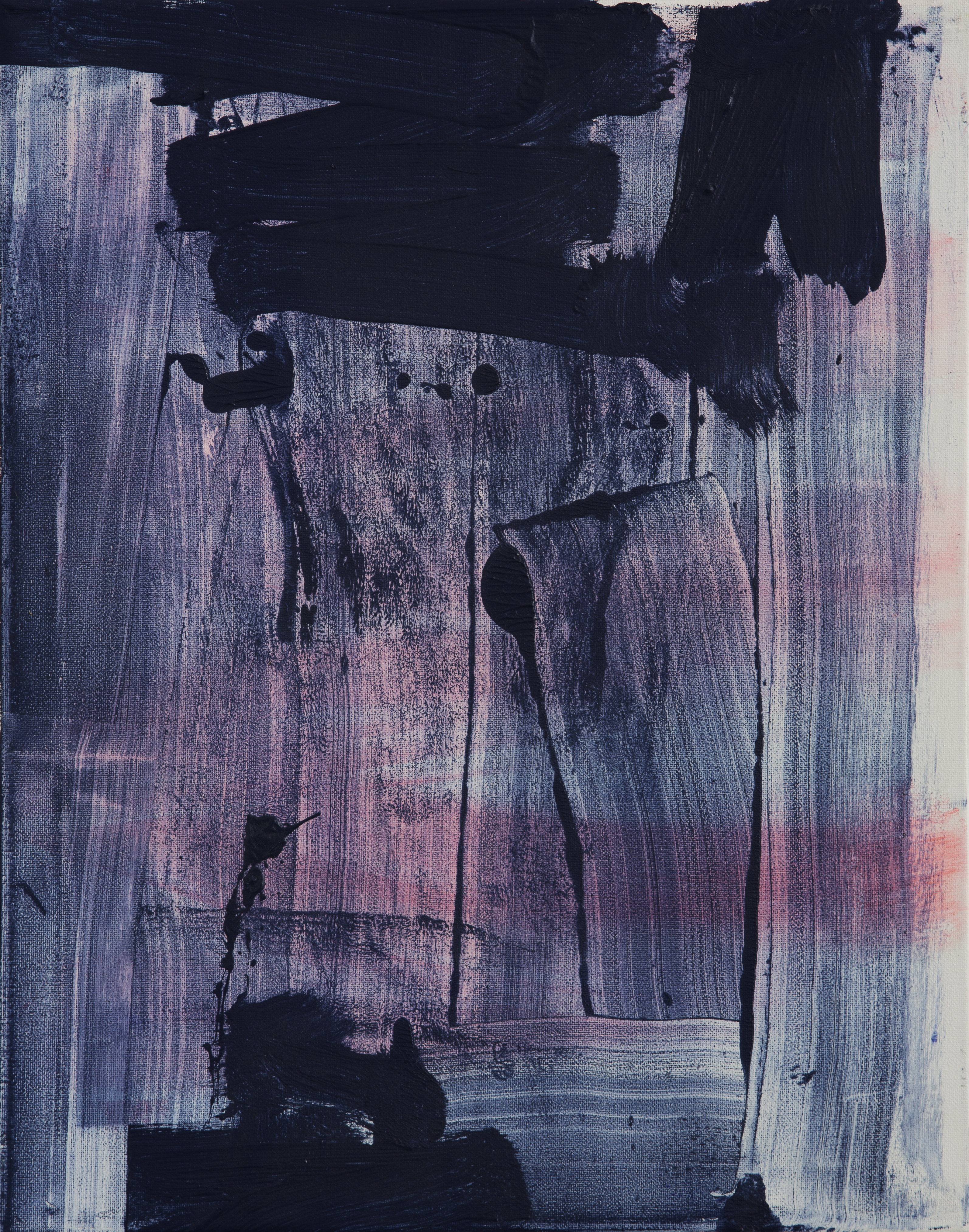
KJ Schumacher, Untitled (blue/pink), oil on canvas, 14 x 11 in, 2020
KJ Schumacher is a multidisciplinary artist working in Nashville, TN. He received a B.A. in Fine Art from The George Washington University in Washington, D.C. and trained as a guest student at Parsons School of Design in Paris, France. He completed an MFA from the Transart Institute (New York and Berlin) and Plymouth University (UK) in 2016. Schumacher held teaching positions at Montgomery Bell Academy (2007-2015) and Valor College Prep (2018-2020) where he served as a Founding Teacher and curriculum designer in Visual Art. His work is included in prominent collections throughout the Southeast and has been exhibited in group and solo shows in Nashville, Los Angeles, London, New York, Berlin, and Miami.
Schumacher’s praxis consists of making and collecting marks and objects, and re-presenting them in made and found situations - inside and outside the studio. These works elaborate on the studio process and build upon a belief that the physical mark holds an intrinsic importance in human experience. Schumacher collects source material from studio remnants and by way of a generative methodology of chance-based selections.
Rachel Bubis is a Nashville-based independent arts writer, regular contributor to The Focus blog, and LocateArts.org Web + Print Manager for Tri-Star Arts.
* all images courtesy of the artist
